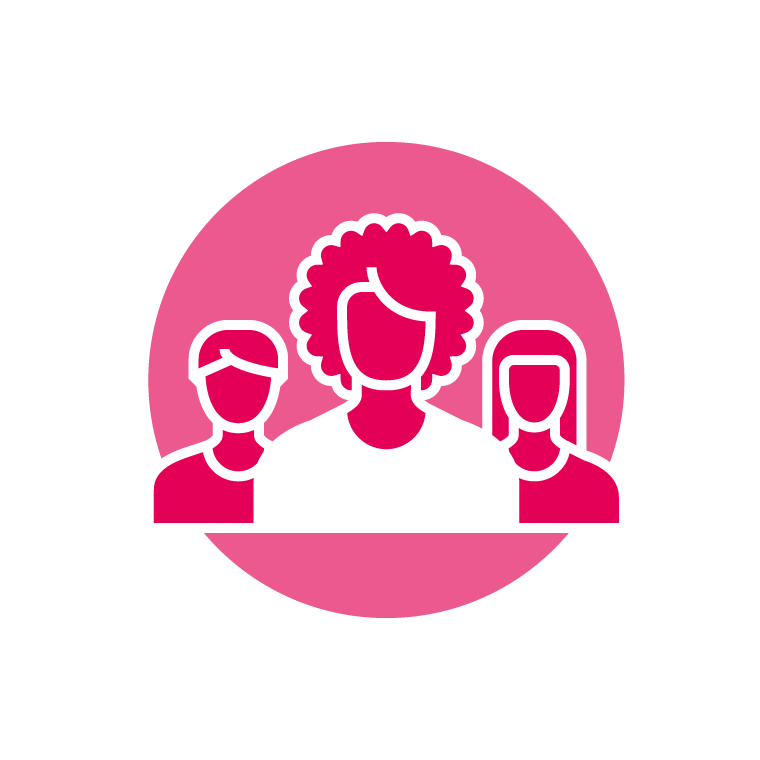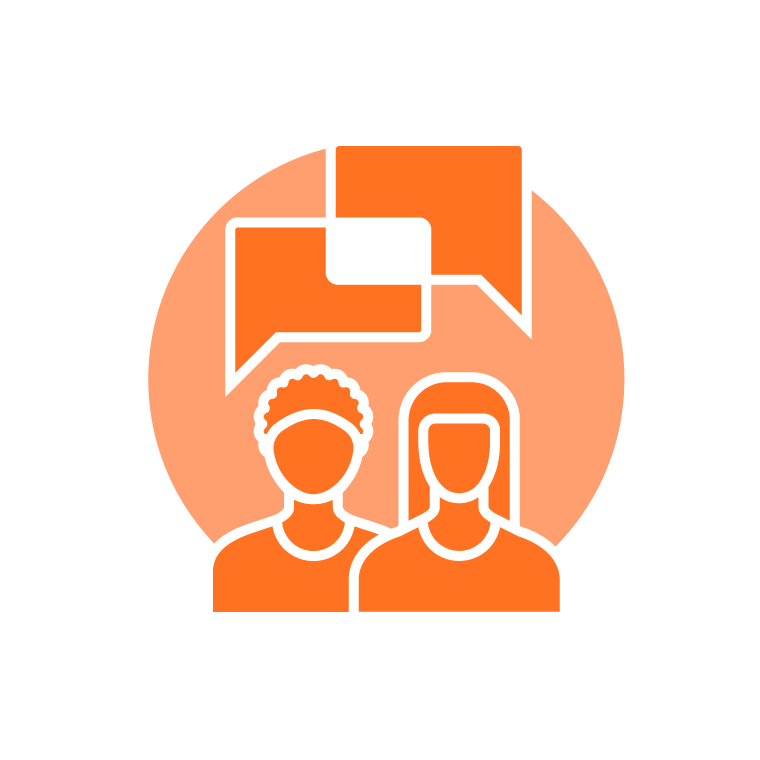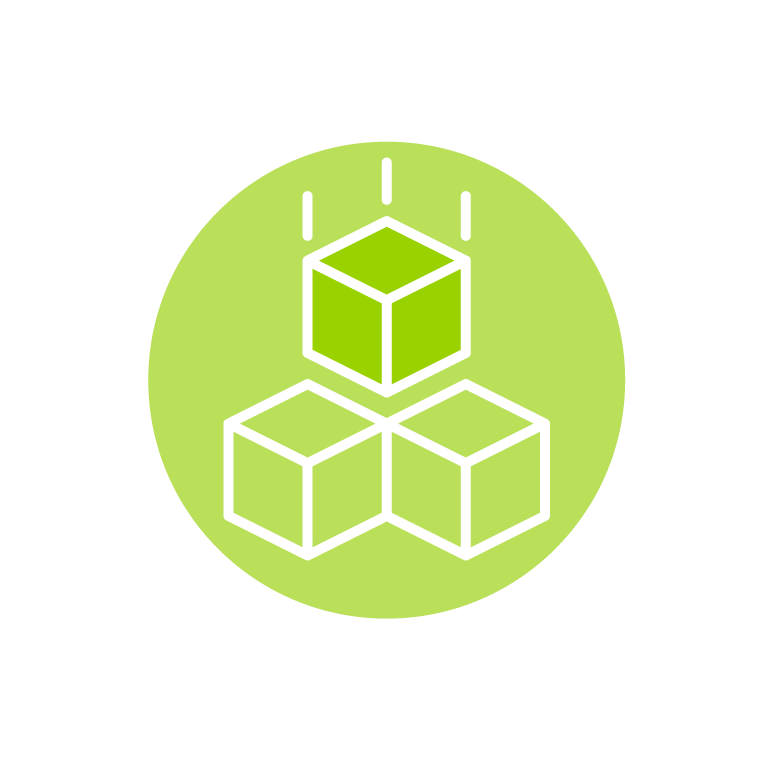Student-Centered Learning
The Students at the Center framework includes four well-researched tenets, or principles, for deeper learning that disrupt patterns of oppression to ensure that each and every student has meaningful opportunities to acquire skills, knowledge and dispositions so that each student realizes their fullest potential. Drawn from the mind/brain sciences, learning theory and human development research, these tenets are overlapping and complementary.
Educators, families and students working together to develop equitable, engaging educational experiences customized to each students’ strengths, needs and interests. Structures and supports help students participate in shared decision-making and build relationships with peers, teachers and learning community members, ensuring they graduate future-ready.
Structures and supports are in place so that students have meaningful input and ownership over what, how, when and where they learn. Students are guided to take increasing responsibility for deepening their own learning and for others in their learning community, using supported strategies for self-reflection and self-regulation when necessary. Expectations and scaffolding to promote student agency and voice account for different cultural norms and implicit biases among students, staff and community and support students to consciously disrupt patterns of oppression.
An educational system in which each student gets what they need to reach their fullest potential and master high standards through flexible pathways, differentiated support, individual and collective tasks and multiple means and opportunities to demonstrate skill development. Students have individual agency as well as collaborate in co-constructing pathways and measures of learning. Standards, competencies and measures of mastery incorporate community input and voice to ensure pathways reflect universal design for learning and are culturally responsive, nonbiased and anti-racist.
Students have equitable options and access to a broad learning ecosystem that exists within and outside of traditional classroom walls and professional educators. Resources to support experiences and connections to community and real-world experiences are distributed in proportion with student need. Students can receive credit for the knowledge and skills they master as well as for prior learning. Intentional connections to mentors, advisors, postsecondary and career networks, jobs and other learning community members are brokered for students who need them.
 Personalized Learning
Personalized Learning Student Agency and Voice
Student Agency and Voice  Competency-Based Education
Competency-Based Education  Real-World Connections
Real-World Connections